Weaving the Web of Meaning: Clifford Geertz’s Cultural Anthropology and Its Implications for Trauma and Consciousness in Psychotherapy
In the realm of psychotherapy, understanding the intricate tapestry of human experience is paramount. To truly grasp the complexities of trauma and consciousness, we must look beyond the individual psyche and consider the cultural context in which it is embedded. This is where the work of renowned cultural anthropologist Clifford Geertz becomes invaluable.
Geertz’s seminal concept of culture as “webs of significance” has profound implications for our understanding of mental health and well-being. According to Geertz, culture is not merely a set of customs or behaviors, but a complex system of shared symbols, meanings, and interpretations that shape our perception of reality. It is the lens through which we make sense of our experiences, including the traumatic events that can shatter our sense of self and world.
This idea resonates strongly with the work of other pioneers in the field of consciousness studies and neuroscience. Erich Neumann, in his exploration of the origins and history of consciousness, emphasized the role of cultural myths and archetypes in shaping the individual psyche. He argued that the development of consciousness is not a purely individual process, but one that is deeply intertwined with the collective stories and symbols of our cultural heritage.
Similarly, neuroscientist Michael Gazzaniga has highlighted the importance of language and narrative in the construction of our sense of self. His research on split-brain patients has revealed the mind’s remarkable capacity to create coherent stories and explanations, even in the face of conflicting or fragmented information. This suggests that our sense of identity is not a fixed, immutable entity, but a dynamic narrative that is constantly being woven and rewoven in response to our experiences and interactions.
Antonio Damasio, another leading figure in neuroscience, has further elaborated on the role of emotion and feeling in the creation of consciousness. His somatic marker hypothesis posits that our decision-making processes are heavily influenced by the emotional associations we form with past experiences. This has important implications for understanding the impact of trauma, which can create powerful negative associations that shape our perceptions and behaviors long after the initial event.
So what does all this mean for psychotherapy? First and foremost, it highlights the need for a culturally-informed approach to treatment. If culture is the web of meaning that shapes our experience, then any attempt to heal trauma and promote well-being must take into account the specific cultural context in which that trauma occurred. This means being attuned to the unique symbols, stories, and beliefs that give meaning to our clients’ lives, and using these as resources in the therapeutic process.
It also suggests that the goal of therapy is not simply to eliminate symptoms or “fix” problematic behaviors, but to help clients reauthor their personal narratives in a way that promotes resilience and growth. By exploring the cultural myths and archetypes that resonate with their experiences, clients can tap into a deeper sense of meaning and purpose, and find new ways of interpreting and integrating traumatic events.
Furthermore, a culturally-informed approach to therapy recognizes that healing is not a purely individual process, but one that is intimately connected to the larger social and cultural context. By helping clients strengthen their connections to their communities and cultural traditions, therapists can promote a sense of belonging and support that is essential for long-term well-being.
Of course, this is not to say that individual factors such as biology, personality, and personal history are unimportant. Rather, it is to recognize that these factors are always embedded within a larger cultural matrix that shapes their expression and meaning. By taking a holistic, culturally-informed approach, psychotherapists can better understand the complex interplay of individual and collective factors that contribute to trauma and resilience.

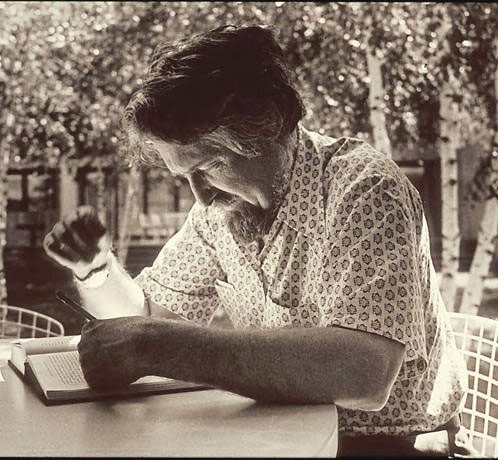
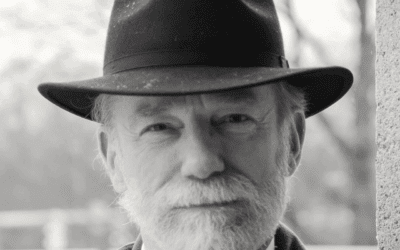

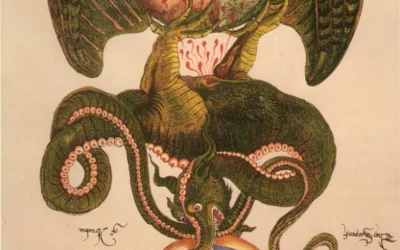



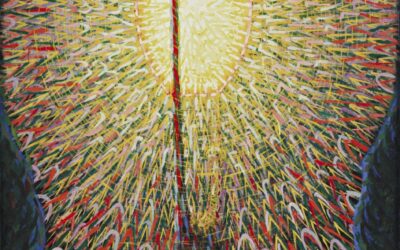

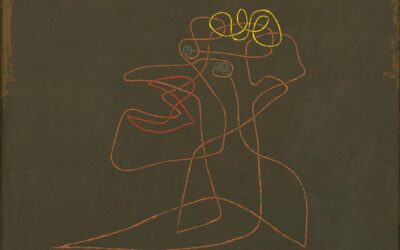


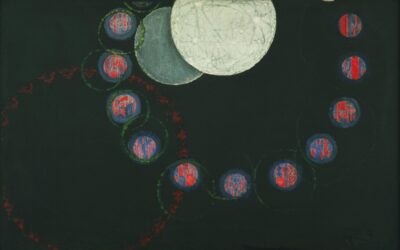

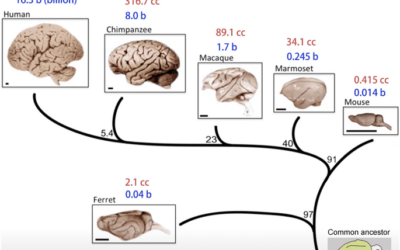
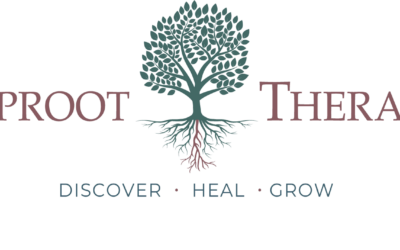










0 Comments